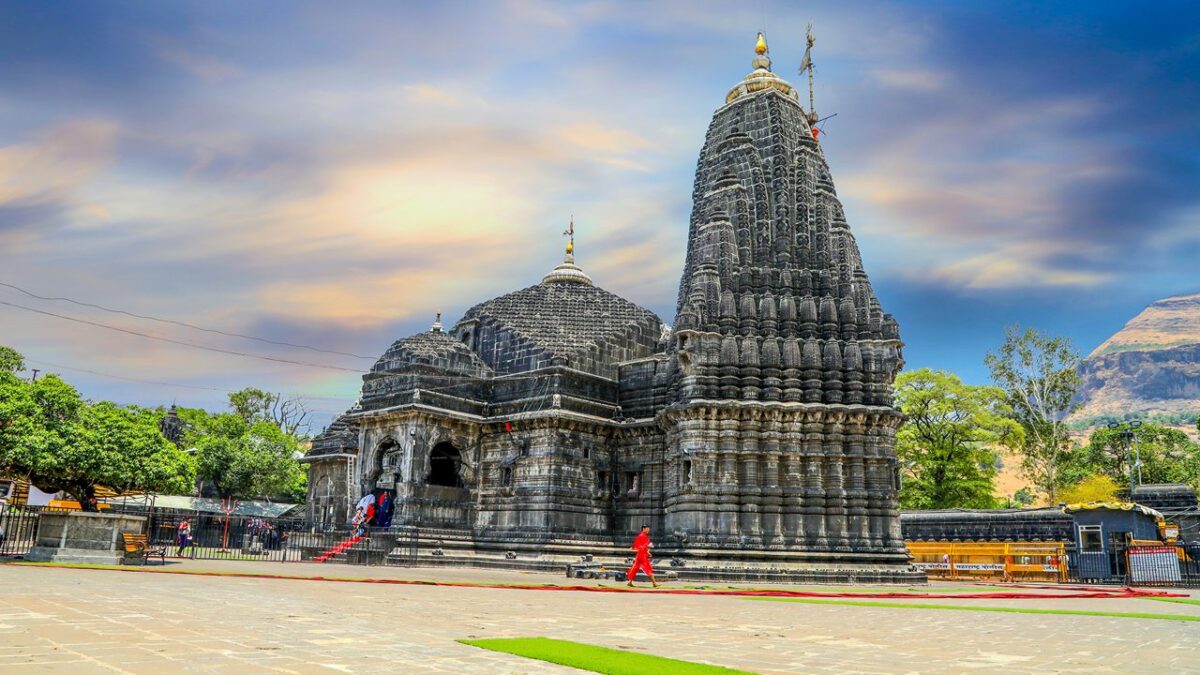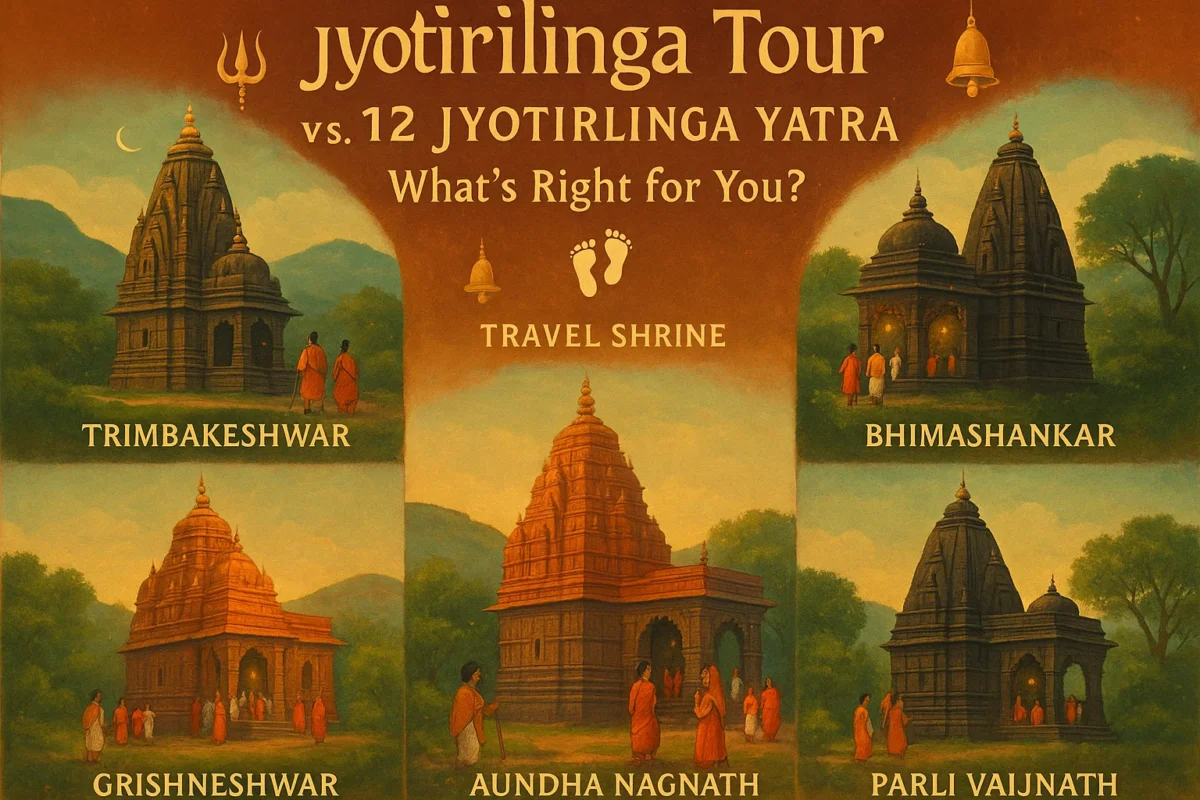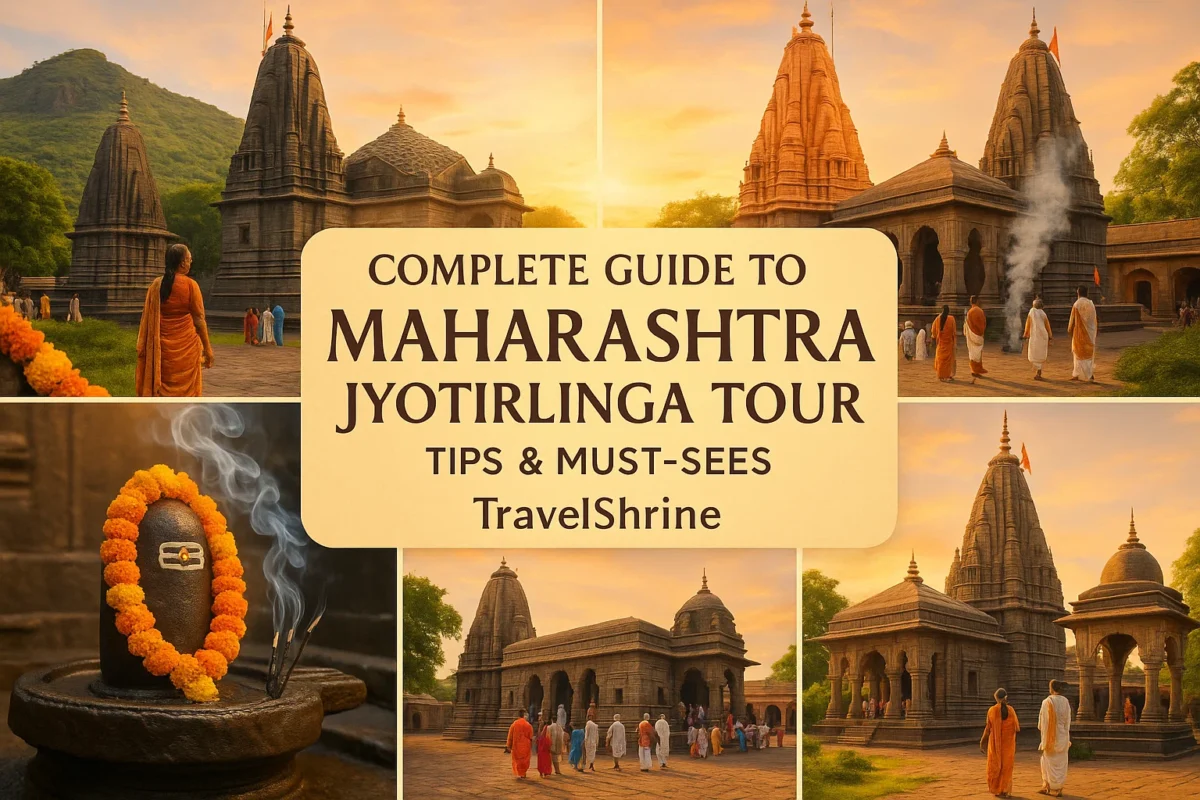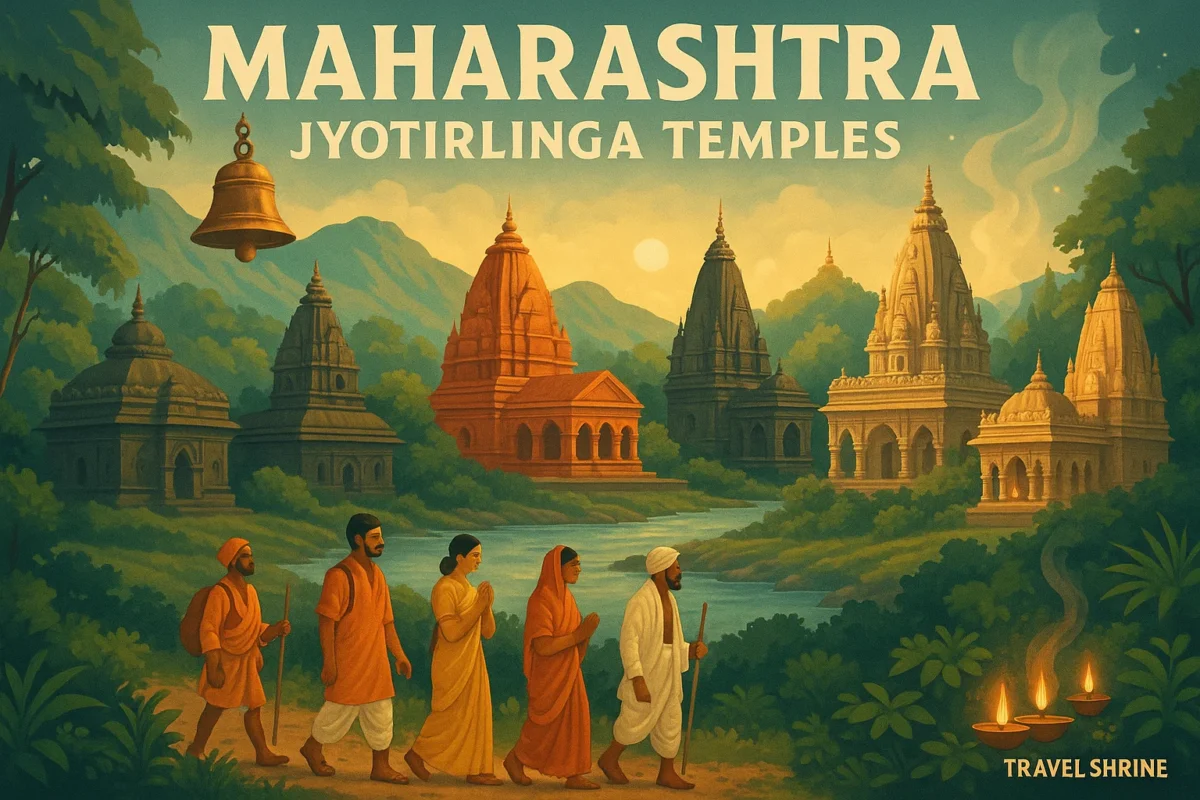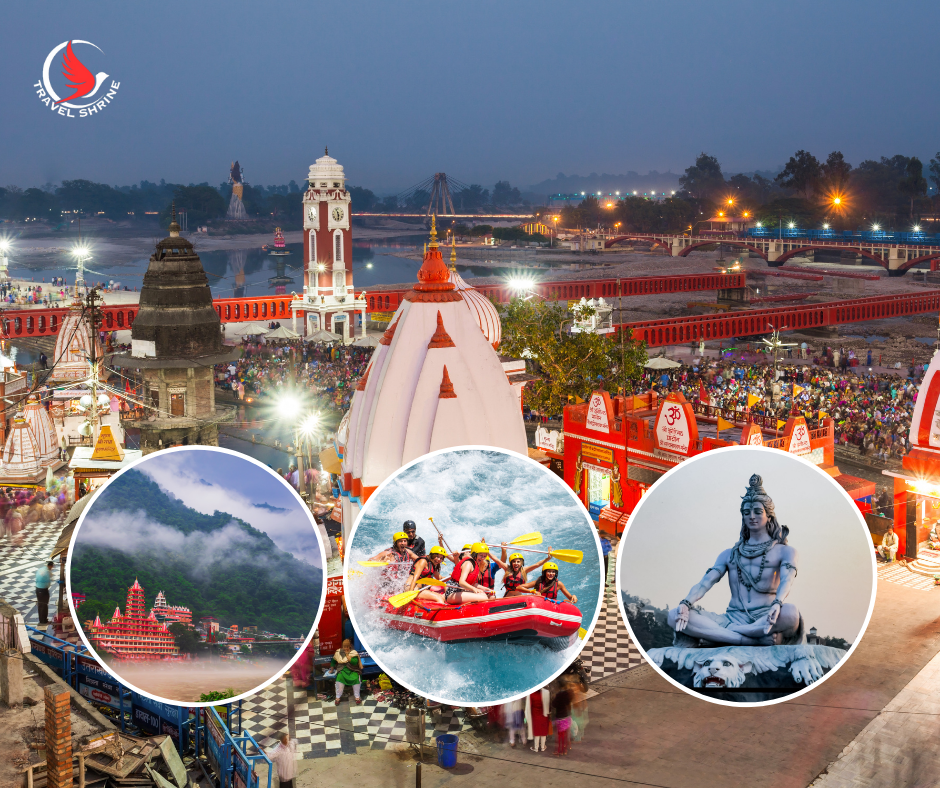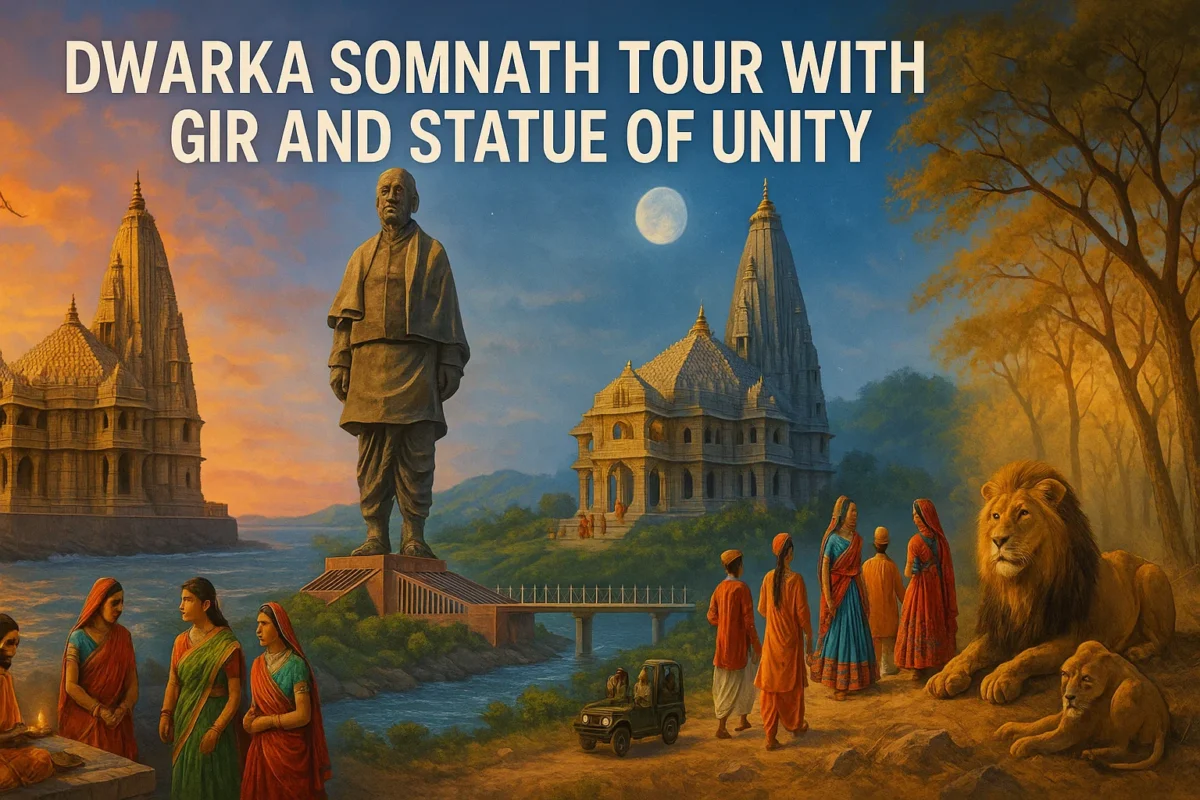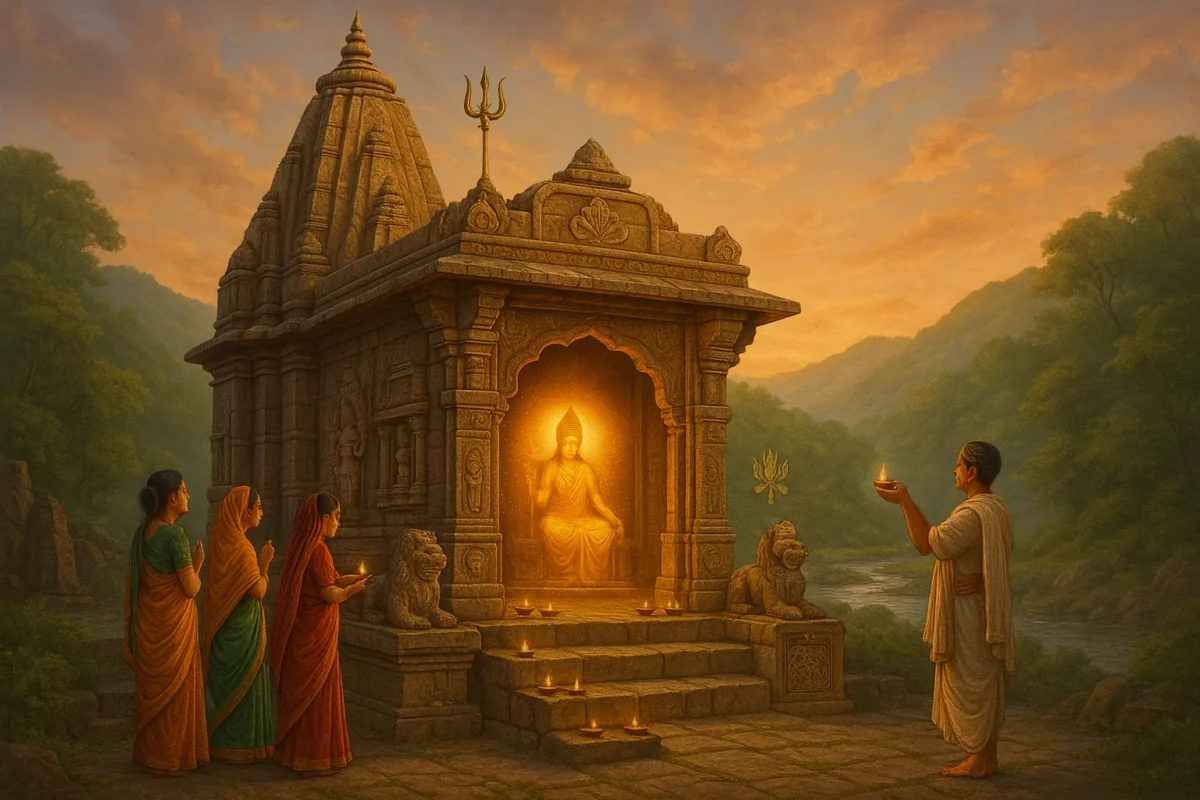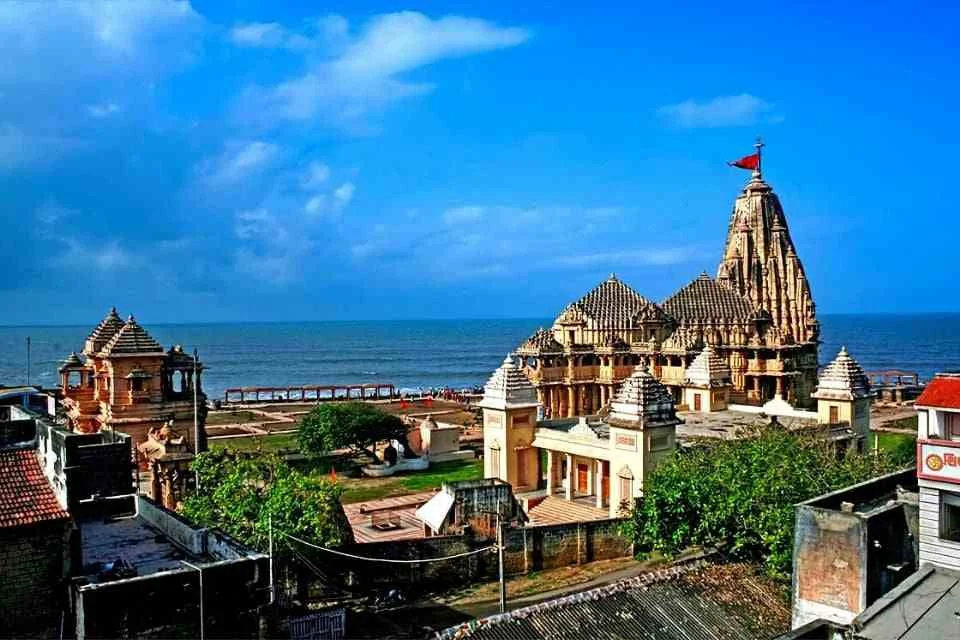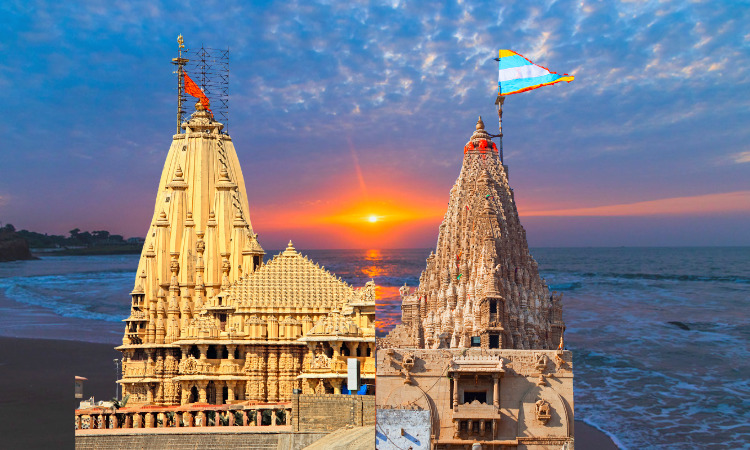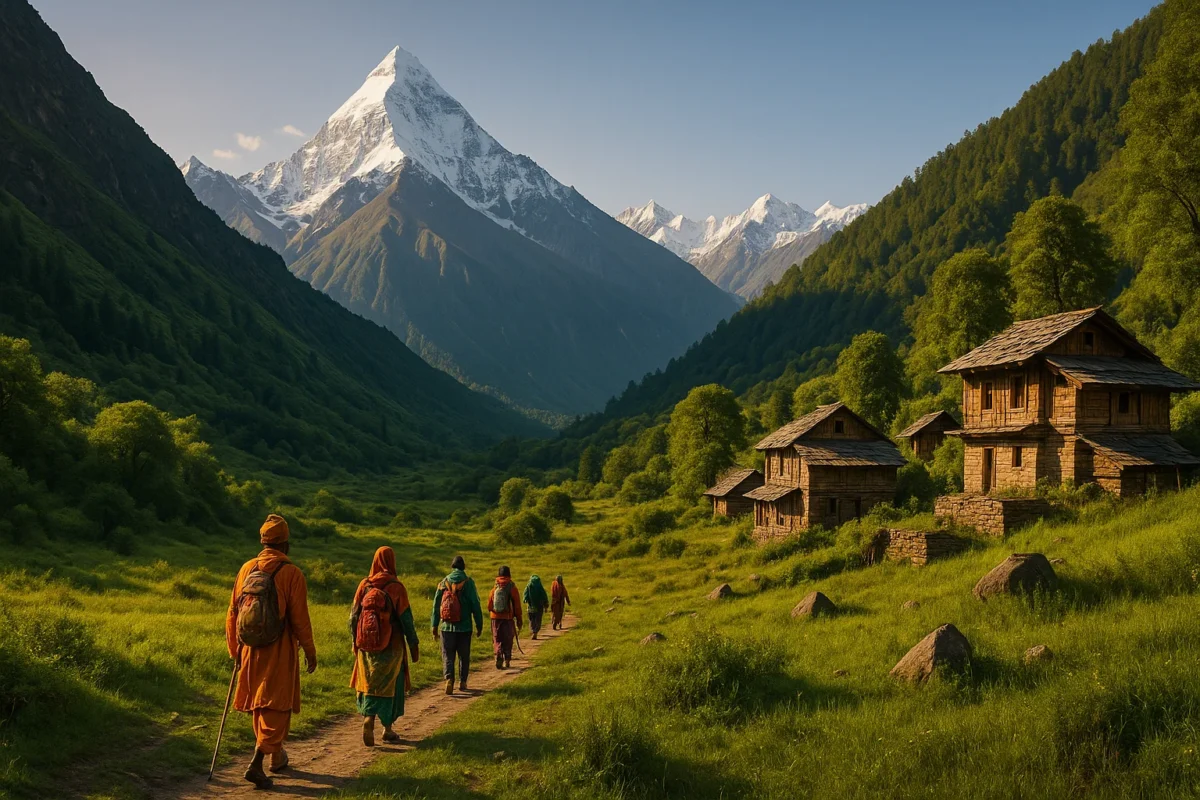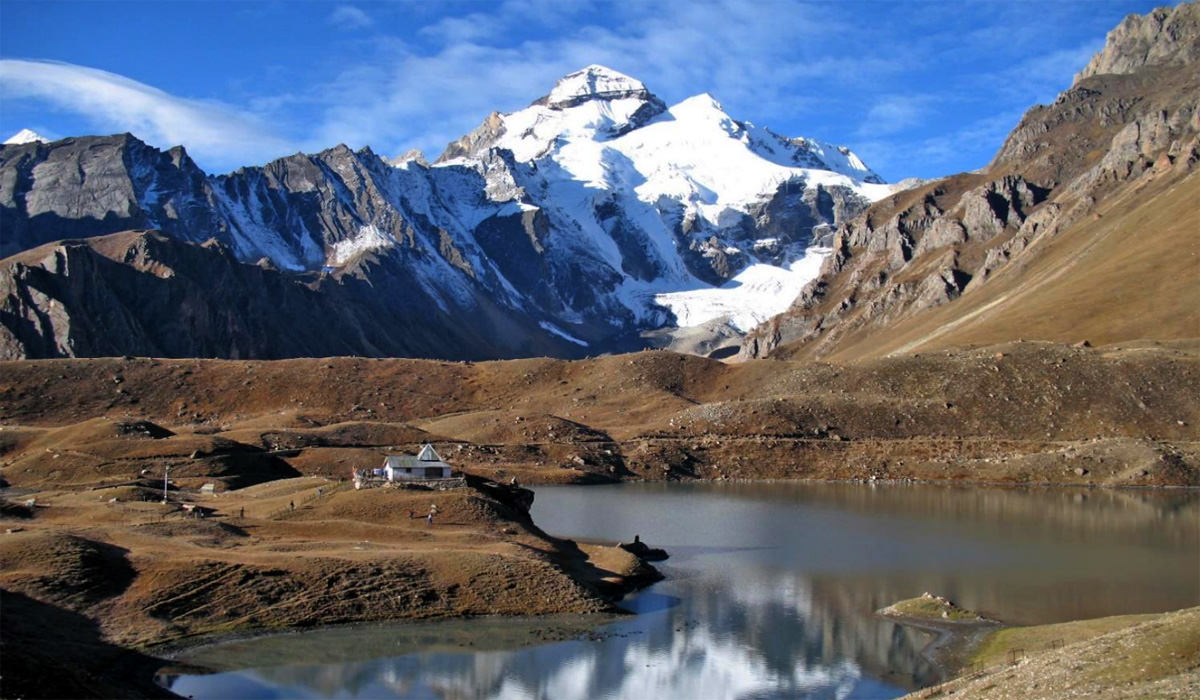What is the Best Time to Visit Bhimashankar?
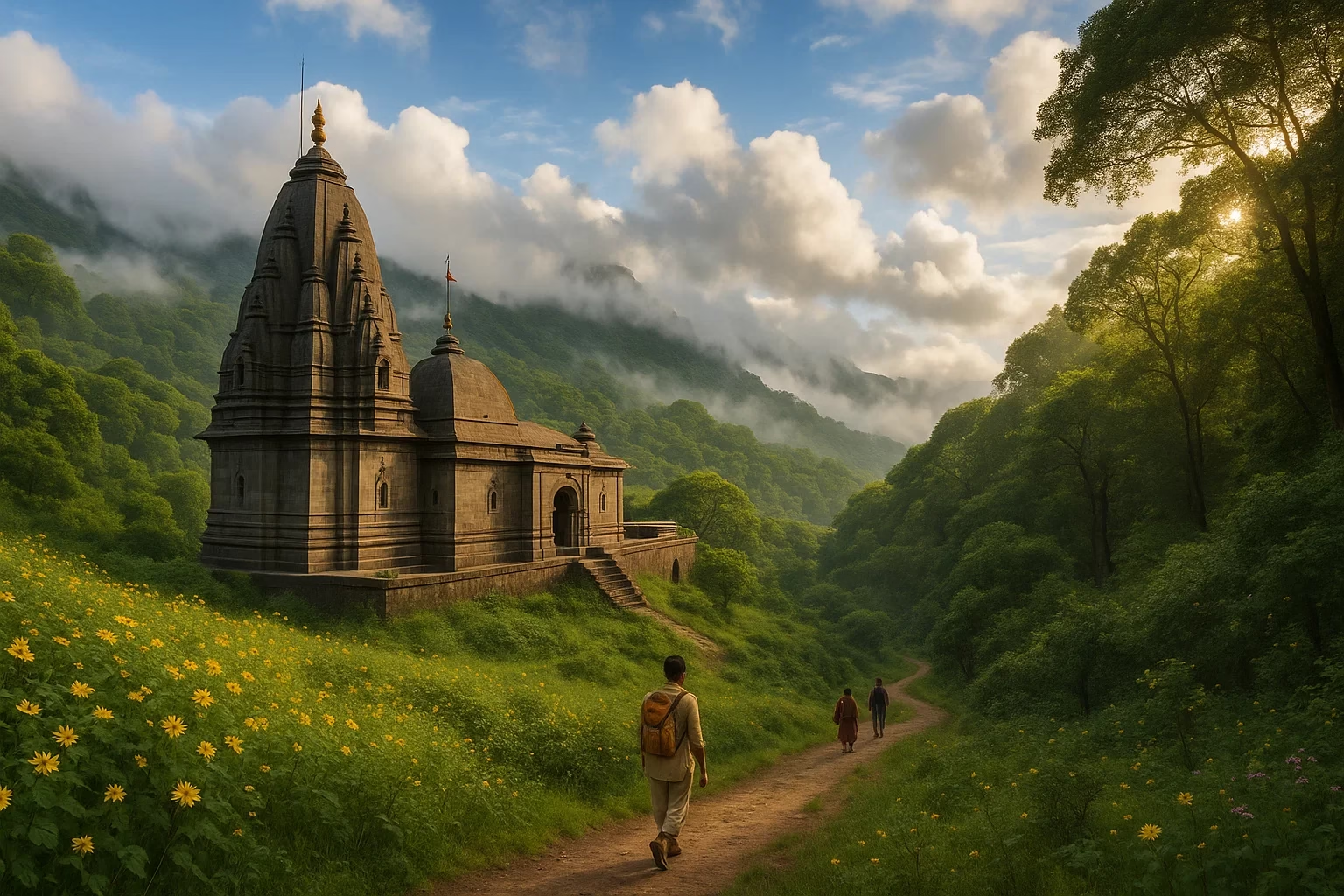
Introduction to Bhimashankar
Historical and Religious Significance
Bhimashankar, nestled in the Sahyadri ranges of Maharashtra, is a revered Hindu pilgrimage destination. It is home to one of the twelve Jyotirlingas of Lord Shiva, making it sacred for Shiva devotees. The temple, believed to be built around the 13th century, is not only a spiritual center but also an architectural gem with intricate carvings and ancient charm.
Location and Accessibility
Located about 110 kilometers from Pune and around 220 kilometers from Mumbai, Bhimashankar is easily accessible by road. The nearest railway stations are Pune and Karjat, with road connectivity improving steadily. This scenic destination is also surrounded by dense forests, rivers, and trekking trails, drawing nature lovers and spiritual seekers alike.
Climate Overview of Bhimashankar
Seasonal Breakdown
Bhimashankar experiences three main seasons:
-
Summer (March to May) – Warm with occasional humidity
-
Monsoon (June to September) – Heavy rainfall with lush surroundings
-
Winter (October to February) – Cool, pleasant, and dry
Average Temperatures and Rainfall
| Season | Temperature Range | Rainfall |
|---|---|---|
| Summer | 22°C – 38°C | Low |
| Monsoon | 20°C – 30°C | High (2000+ mm) |
| Winter | 10°C – 25°C | Minimal |
Visiting Bhimashankar in Summer (March to May)
Weather Conditions
Summer in Bhimashankar is relatively warm but not scorching, thanks to its forest cover and altitude. However, afternoons can get slightly uncomfortable.
Pros and Cons
Pros:
-
Fewer tourists
-
Good for peaceful temple visits
-
Budget accommodations
Cons:
-
Limited outdoor activity due to heat
-
Dry and less scenic landscape
Activities to Enjoy
-
Visit the Bhimashankar Temple during early mornings
-
Local village explorations
-
Bird watching in the cooler hours
Visiting Bhimashankar During Monsoon (June to September)
Lush Greenery and Waterfalls
Monsoon transforms Bhimashankar into a magical, misty haven. The waterfalls gush with full force, and the entire region blooms into various shades of green.
Safety Concerns and Travel Tips
-
Be cautious of slippery trekking paths
-
Check for weather-related advisories
-
Carry waterproof gear and extra footwear
Photography Opportunities
Monsoon is a paradise for photographers – the dense fog, monsoon clouds, and overflowing streams create postcard-perfect moments.
Bhimashankar in Winter (October to February) – The Best Season
Pleasant Climate and Scenic Views
Winter is undoubtedly the best time to visit Bhimashankar. The cool, dry weather makes it ideal for temple visits, treks, and nature walks. Days are sunny, and nights are mildly cold.
Spiritual Atmosphere
The temple during winter sees a serene, meditative environment. Devotees come in large numbers during festivals like Mahashivratri, adding a festive aura to the place.
Ideal for Trekking and Pilgrimage
With dry trails and fresh air, winter is the most favorable time for outdoor activities. Trekking to the temple becomes a rewarding experience with panoramic valley views.
Month-by-Month Travel Guide to Bhimashankar
| Month | Weather | Highlights |
|---|---|---|
| January | Cool & Crisp | Great for trekking, less crowded |
| February | Mild Winter | Birdwatching peak |
| March | Warm Days | Off-season travel deals |
| April | Hot Afternoons | Temple exploration |
| May | Warm & Dry | Pre-monsoon calm |
| June | Rain Begins | Misty views |
| July | Heavy Showers | Lush greenery everywhere |
| August | Wet & Wild | Vibrant flora and fauna |
| September | Monsoon Ends | Waterfalls at their best |
| October | Cool Evenings | Ideal for trekking |
| November | Crisp Air | Comfortable outdoor activities |
| December | Festive Vibe | Great for family travel |
Best Time for Trekking and Nature Trails
Seasonal Suitability
-
Best Time: October to February
-
Avoid: Peak monsoon due to muddy and slippery paths
Top Trails and Routes
-
Shidi Ghat Route (Adventure)
-
Ganesh Ghat Route (Moderate, scenic)
-
Bhorgiri to Bhimashankar (Ideal for monsoon)
Wildlife and Nature Experience by Season
Bhimashankar Wildlife Sanctuary
The sanctuary is known for the Indian Giant Squirrel (Shekru), and the best sightings occur between November and February.
Birdwatching and Animal Spotting
Birds like Malabar Grey Hornbill, Indian Pitta, and Paradise Flycatcher are more active during the post-monsoon and winter seasons.
Spiritual Tourism: When to Visit the Bhimashankar Jyotirlinga Temple
Auspicious Days and Mahashivratri
-
Mahashivratri (Feb-March) is the most celebrated occasion.
-
Mondays and Shravan month (July-Aug) also see high pilgrim footfall.
Pilgrimage Travel Tips
-
Arrive early in the morning
-
Wear traditional, modest clothing
-
Check temple timings, especially on festivals
Budget and Accommodation Considerations by Season
Off-Season vs Peak-Season Rates
| Season | Accommodation Cost | Availability |
|---|---|---|
| Summer | Low | High |
| Monsoon | Moderate | Varies |
| Winter | High | Limited |
Recommended Stays
-
Blue Mormon Jungle Holiday Resort
-
MTDC Bhimashankar
-
Local guest houses and homestays
Travel Tips Based on Season
Clothing and Gear
-
Summer: Light cotton clothes, sunscreen, hat
-
Monsoon: Raincoat, quick-dry clothes, trekking shoes
-
Winter: Light woolens, comfortable walking shoes
Safety and Navigation
-
Always carry a local map or GPS
-
Avoid night travel in forested areas
-
Carry mosquito repellent
Local Food and Essentials
Try local Maharashtrian food like Pithla Bhakri, Misal Pav, and Kharwas. Stock up on dry snacks and water if trekking.
Family vs Solo Travel: Seasonal Considerations
Best Times for Group Trips
October to February is ideal for family or group trips due to mild weather and good visibility.
Tips for Solo Travelers
-
Stick to marked trails
-
Inform someone before trekking
-
Choose homestays or hostels with good reviews
Bhimashankar in Festivals and Cultural Events
Important Local Celebrations
-
Mahashivratri
-
Nag Panchami
-
Shravan Mondays
How Festivals Impact Travel Experience
Festivals add spiritual energy but also bring crowds and higher costs. Booking early is recommended.
Pros and Cons of Each Season
Comparative Chart
| Season | Pros | Cons |
|---|---|---|
| Summer | Peaceful, budget travel | Hot afternoons |
| Monsoon | Lush beauty, waterfalls | Travel delays, slippery trails |
| Winter | Best weather, ideal for all trips | Crowded, higher rates |
Our Expert Verdict
October to February is the best time to visit Bhimashankar for a balanced experience of comfort, spirituality, and natural beauty.
FAQs – What is the Best Time to Visit Bhimashankar
Q1: Can I visit Bhimashankar during monsoon?
Yes, but expect heavy rain, slippery roads, and limited visibility. It’s great for nature lovers but not ideal for trekking beginners.Q2: Is Bhimashankar safe for a solo female traveler?
Yes, it’s generally safe. Opt for trusted stays, avoid isolated areas at night, and travel during peak hours.Q3: What is the best time for wildlife spotting in Bhimashankar?
From November to February, when animals and birds are more active due to pleasant temperatures.Q4: Are there any local festivals worth witnessing?
Yes, Mahashivratri is the most celebrated festival, attracting thousands of pilgrims. The temple is decorated beautifully during this time.Q5: Is Bhimashankar a good weekend getaway from Mumbai or Pune?
Absolutely. It’s a perfect 1-2 day trip with scenic drives, especially in winter or post-monsoon.Q6: What should I pack for a winter trip to Bhimashankar?
Carry light woolens, a flashlight, trekking shoes, a water bottle, and personal hygiene items.
Conclusion: Plan Your Perfect Bhimashankar Trip
If you’re wondering what is the best time to visit Bhimashankar, the answer lies in your travel style. Love trekking and clear views? Choose winter. Prefer lush green backdrops and fewer crowds? Try early monsoon. Every season has its unique charm in Bhimashankar — the key is to plan ahead, stay safe, and soak in the spiritual and natural beauty of this divine destination.
